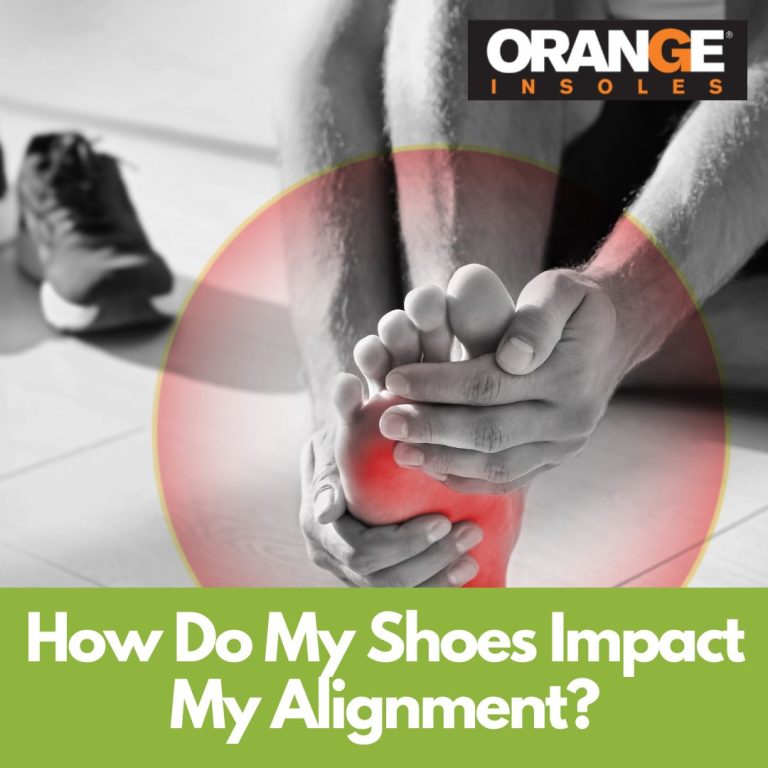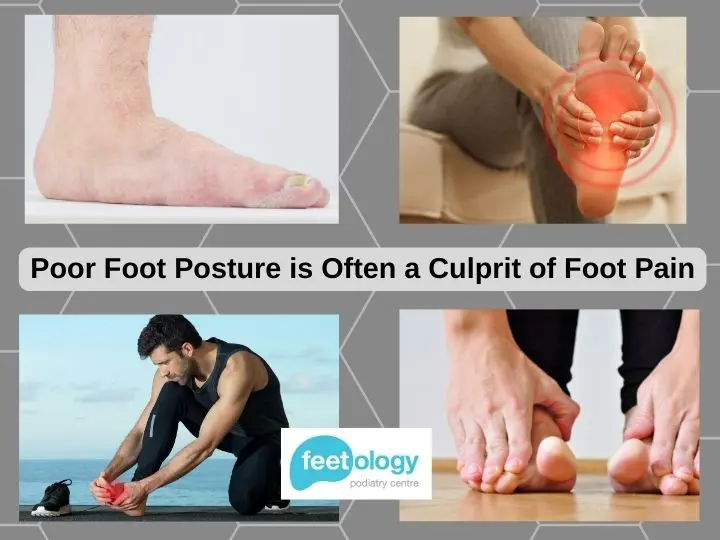
Yes, shoes can cause shin splints due to improper support and lack of cushioning. Shin splints are a common overuse injury that causes pain in the front of the lower leg.
They often occur in athletes who engage in high-impact activities such as running or jumping. While several factors can contribute to shin splints, wearing shoes that lack proper support and cushioning is a common cause. Ill-fitting shoes or shoes with worn-out soles can place excessive stress on the shins and lead to pain and inflammation.
Therefore, it is essential to choose footwear designed for the specific activity and ensure they provide adequate shock absorption and stability to prevent the onset of shin splints.
Can Shoes Cause Shin Splints: The Connection
The connection between shoes and shin splints is a topic that many athletes and runners are concerned about. Shin splints, also known as medial tibial stress syndrome (MTSS), can be a painful condition that affects the lower leg. Understanding the role of shoes in shin splint development is crucial for preventing and managing this condition.
When it comes to shoes and shin splints, several factors come into play. The type of shoes you wear, their cushioning, stability, and support can all contribute to the development of shin splints. If you wear shoes that are worn out or don’t fit properly, you may experience increased stress on your shins, leading to shin splints.
Moreover, the type of running or athletic shoes you choose can make a difference. It is essential to select shoes that provide adequate shock absorption and stability for your foot type and running style. Shoes with cushioning in the heel and arch support can help absorb impact and reduce strain on the shins. Additionally, choosing shoes designed for the specific sport or activity you engage in can also be beneficial.
However, it is important to note that shoes alone may not be the sole cause of shin splints. Other factors such as overuse, sudden changes in activity level, improper technique, and weak muscles can also contribute to shin splint development. Therefore, it is crucial to address all these factors comprehensively to prevent and manage shin splints effectively.
How The Right Shoe Can Prevent Shin Splints
|
Common Shoe Mistakes That Can Cause Shin Splints
Impact of wearing worn-out or inappropriate shoes
Shin splints can be a painful condition, and one potential cause is wearing worn-out or inappropriate shoes. Improper shoe fit can have a significant impact on the development of shin splints. When shoes are worn-out, their cushioning and support begin to degrade, which can lead to improper foot and ankle alignment. This misalignment puts added stress on the muscles and tendons in the shin area, increasing the risk of developing shin splints.
Similarly, choosing shoes that are not suitable for your specific foot shape or activity can contribute to shin splints. Shoes that do not provide adequate arch support or shock absorption can place excessive strain on the muscles and bones of the lower leg. To prevent shin splints, it’s essential to regularly assess your footwear and replace worn-out shoes.
It’s also crucial to select shoes that fit properly and provide the necessary support and cushioning for your feet and activity level. By making these adjustments, you can help reduce the risk of developing shin splints and keep your feet happy and healthy.
The Surprising Truth: Can Shoes Actually Cause Shin Splints?
Debunking the myth that shoes are the sole cause of shin splints
Can shoes cause shin splints? While it is true that shoes can contribute to the development of shin splints, they are not the sole cause. Many factors, including overuse, poor running technique, inadequate warm-up, and flat feet, can also play a role in the onset of this painful condition.
Wearing ill-fitting or worn-out shoes can increase the risk of shin splints. Shoes that lack proper support, cushioning, and stability can place excessive stress on the muscles and bones of the lower legs. This can lead to inflammation, pain, and discomfort.
Choosing the right shoes for your foot type, running style, and activity level is crucial in preventing shin splints. Look for shoes that provide adequate arch support, shock absorption, and heel stability. Additionally, replacing your shoes regularly, especially if they have visible signs of wear, is essential.
While shoes do play a role in shin splint development, it is essential to consider other contributing factors and take a holistic approach in preventing and treating this condition. Incorporating proper warm-up and stretching routines, gradually increasing exercise intensity, and maintaining overall lower leg strength can also help prevent shin splints.
Best Practices For Preventing Shin Splints With The Right Shoes
Wearing appropriate shoes is crucial when it comes to preventing shin splints, a common injury among athletes and active individuals. The right footwear not only provides comfort but also helps in reducing the risk of developing this condition.
When selecting shoes to prevent shin splints, it is important to consider the specific activity you will be engaging in. Different activities require different types of shoes to provide adequate support and cushioning.
Here are some tips to help you select the right shoes for preventing shin splints:
| 1. Choose shoes with proper cushioning: | Look for shoes that offer sufficient shock absorption to reduce the impact on your shins. |
| 2. Opt for shoes with good arch support: | Show support with good arch support can help maintain proper foot alignment and reduce strain on your shins. |
| 3. Select shoes with a stable heel: | A stable heel counter provides stability and prevents excessive pronation, which can contribute to shin splints. |
| 4. Ensure proper shoe fit: | Make sure the shoes fit well and allow for some wiggle room for your toes to prevent unnecessary pressure on your shins. |
| 5. Consider the shoe type for your activity: | Choose shoes specifically designed for your preferred activity, such as running, walking, or playing a specific sport. |
| 6. Replace worn-out shoes: | Regularly check your shoes for signs of wear and replace them when they no longer provide proper cushioning and support. |
By following these guidelines and wearing the right shoes, you can significantly reduce the risk of developing shin splints and enjoy your activities with comfort and confidence.

Credit: www.feetology.com.au
Can Shoes Cause Shin Splints: Q/A
What type of shoes should I wear to prevent shin splints?
To prevent shin splints, it is important to wear shoes that provide proper support and cushioning. Here are some recommended shoe types:
|
Shoe Type |
Feature |
Recommendation |
|
Look for shoes with good shock absorption and stability. |
Brooks Ghost, Asics Gel Kayano, New Balance Fresh Foam, Hoka One One Bondi |
|
|
Choose shoes with ample arch support and cushioning. |
||
|
Consider shoes with minimal cushioning and flexible soles. |
It is always recommended to try on shoes and consult with a professional to find the best fit for your individual needs.
Are minimalist shoes good for preventing shin splints?
Minimalist shoes, with their minimal cushioning and support, may not be the best choice for preventing shin splints. They can place greater stress on the lower leg muscles and bones, increasing the risk of shin splints. Individuals prone to shin splints may benefit from shoes with more cushioning and support.
Are running shoes or cross-training shoes better for preventing shin splints?
Running shoes are generally designed with more cushioning and shock absorption, which can help prevent shin splints. Cross-training shoes, on the other hand, are versatile but may not provide the same level of cushioning. Consider using running shoes for activities that involve significant impact on the legs. You may check, Are hoka shoes good for shin splints?
How often should I replace my running shoes to avoid shin splints?
It is recommended to replace running shoes every 300-500 miles or every 6-12 months, depending on the wear and tear. Worn-out shoes lose their cushioning and support, increasing the risk of shin splints. Regularly inspect your shoes for signs of wear and consider replacing them when necessary. You may also check, How to Sell Worn Shoes?
Should I use orthotic inserts to prevent shin splints?
Orthotic inserts can be beneficial for individuals with specific foot biomechanical issues that contribute to shin splints. They can provide additional support and correct any abnormalities in foot alignment. Consult with a podiatrist to determine if orthotic inserts are necessary for your specific case.
Can Wearing The Wrong Shoes Cause Shin Splints?
Yes, wearing the wrong shoes can contribute to shin splints. Shoes that lack proper support, cushioning, or stability can increase the impact on your legs and lead to shin splint pain. It is recommended to wear shoes specifically designed for your activity and foot type to prevent shin splints. You may also check Why Hoka Shoes are Bad?
How Do Shoes Contribute To Shin Splints?
Shoes can contribute to shin splints by not providing adequate support or cushioning. This can lead to increased stress on the muscles and bones in the lower leg, causing inflammation and pain. It is important to wear shoes that are suitable for your activity and foot type to minimize the risk of developing shin splints.
Are There Specific Shoe Features To Avoid If I Have Shin Splints?
Yes, there are specific shoe features to avoid if you have shin splints. These include shoes with inadequate cushioning, lack of arch support, improper fit, and insufficient stability. It is recommended to choose shoes that provide adequate cushioning, arch support, and stability to alleviate shin splint pain.
Final Words: Shoes Can Cause Shin Splints
To sum up, it is clear that wearing improper shoes can indeed contribute to the development of shin splints. Such footwear can cause repeated stress and impact on the shin bone and muscles, leading to pain and inflammation. It is crucial to choose shoes that provide proper support, cushioning, and stability to reduce the risk of shin splints.
Remember, investing in the right footwear is essential for maintaining a healthy and pain-free running experience.
